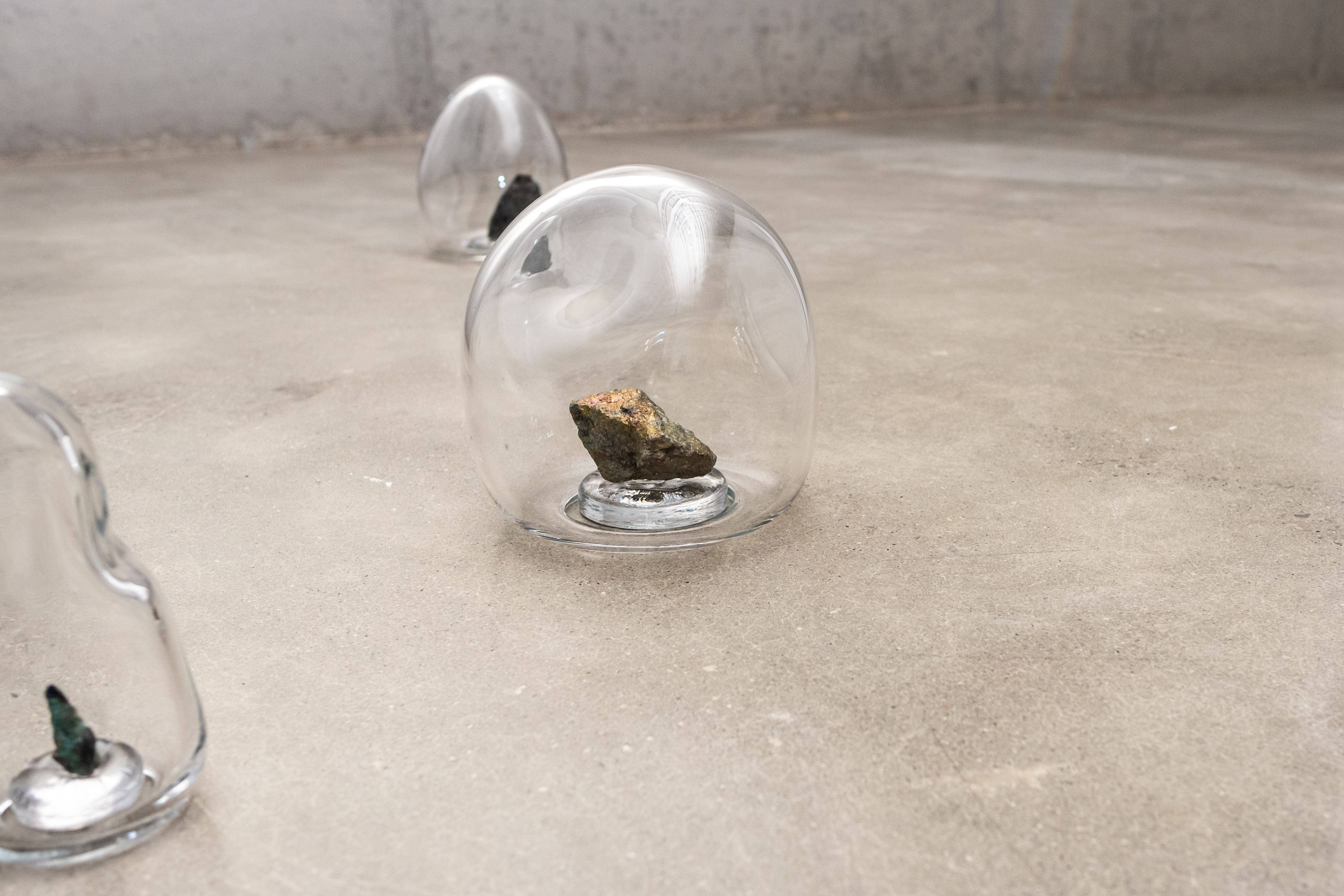Bryum argenteum is an often unnoticed but omnipresent type of moss that is capable of existing in the most unlivable places, like under the trampling feet of city dwellers in the cracks of pavement. Robin Wall Kimmerer, Gathering Moss: The Natural and Cultural History of Mosses (Corvallis: Oregon State University Press, 2003). Kimmerer describes Byrum argenteum as a common type of urban moss, able to move freely through the air as its life forms take many shapes. As it is dispersed through air, it travels across the world and is found in cities globally, but, as Kimmerer states, “the much more common route for dispersal is by footsteps … the broken tips, scuffed along by a pedestrian, will take hold in another sidewalk spreading Silvery Byrum all over the city” (Kimmerer, Gathering Moss, 93)
Billy-Ray Belcourt, This Wound Is a World, ed. Micheline Maylor (Calgary, AB: Frontenac House Ltd., 2017).
Lee Maracle, “On Honesty,” in Talking to the Diaspora (Winnipeg, MB: ARP Books, 2015).
N. K. Jemisin, The City We Became, The Great Cities Trilogy (New York: Orbit, an imprint of Hachette Book Group, 2020).
Chanda Prescod-Weinstein, The Disordered Cosmos: A Journey into Dark Matter, Spacetime, and Dreams Deferred (New York: Bold Type Books, 2021), 57.
Prescod-Weinstein, The Disordered Cosmos, 117.
